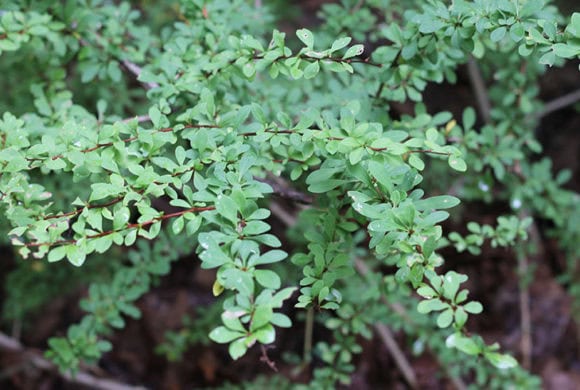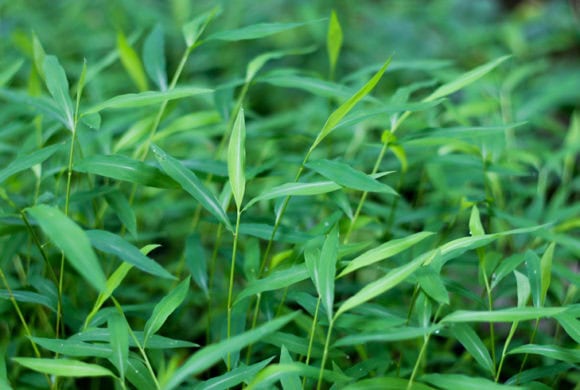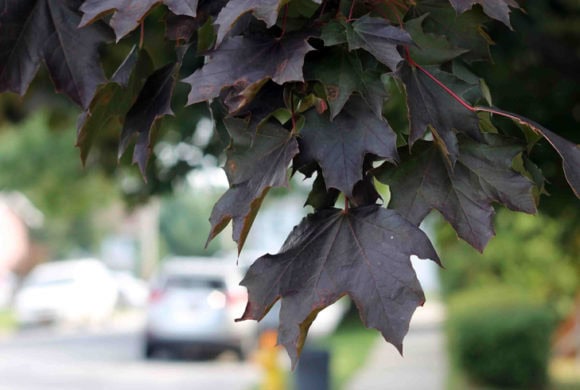Invasive Plant Management
Invasive plants are plants introduced to a location outside their historic range that alter the structure or function of natural ecosystems.




Most invasive forest plants were first introduced as ornamental plants to gardens, where they escaped cultivation and spread into surrounding woodlots. It’s a common misconception that all plants are good for the environment because they produce air for us to breathe, but not all plants have the same ecological value. Plants are an ecosystem’s foundation, providing food and shelter for dozens of other species. Over thousands of years, these other species have coevolved with the plants in their environment to create a fully-functioning, highly efficient ecosystem.
Invasive plants introduced from other parts of the word lack coevolution with native plants and animals, resulting in pests and herbivores that are unable to recognize them as viable food options. The original ecosystem is altered as invasive plants spread rapidly, outcompeting native plants for space, water, and nutrients.
As invasive species move into the area, plant diversity is reduced because many native plants are replaced with just one or a few invasive species. When plant diversity is reduced, it also reduces the diversity of insects, birds, and many other organisms. Over time, this loss of diversity across the region results in a reduction of regional biodiversity.
Common invasive species in our area

Japanese Barberry
Berberis thunbergii

Japanese Stiltgrass
Microstegium vimineum

Norway Maple
Acer platanoides
Invasive Plants at Teatown
Teatown often gets questions about why we do not control all the invasive plants on our preserve. The answer is that a very high proportion of the plants we have in our forest understories, shrub habitat, meadows, swamps, and roadsides are invasive! It would require too many resources (time and funding) to attempt to control all invasive plants on a 1,000 acre preserve. Even removing and monitoring invasive plants in small, minimally invaded areas requires careful planning and an immense amount of effort.
Teatown manages invasive plants when resources allow. We target areas of ecological and educational value, or target species that have the potential to get a lot worse on the preserve. For example, we are targeting areas with water chestnut (Trapa natans), an aquatic invasive species, and black swallow-wort (Cynanchum louiseae), an invader of Teatown’s meadows. We have been successful in eradicating mile-a-minute weed (Persicaria perfoliata) on the preserve, but eradication of other species is proving challenging. A new invasive plant, incised fumewort (Corydalis incisa), was first detected at Teatown in 2017. Despite volunteers, interns, and staff spending over 200 hours working to control a small 60 X 30 ft area, we have yet to eradicate this new infestation. We will continue hand-pulling incised fumewort each spring to reduce its abundance, with the hope of eventual eradication.
Test your knowledge
Do YOU know what plants are native to our area? Take this quiz to find out!

